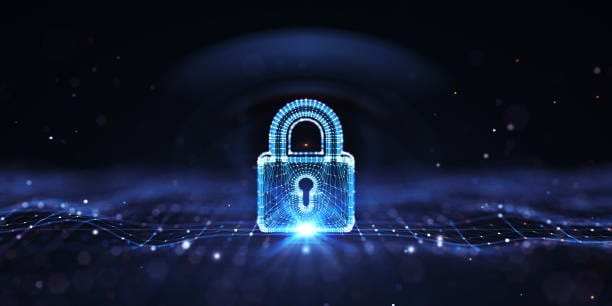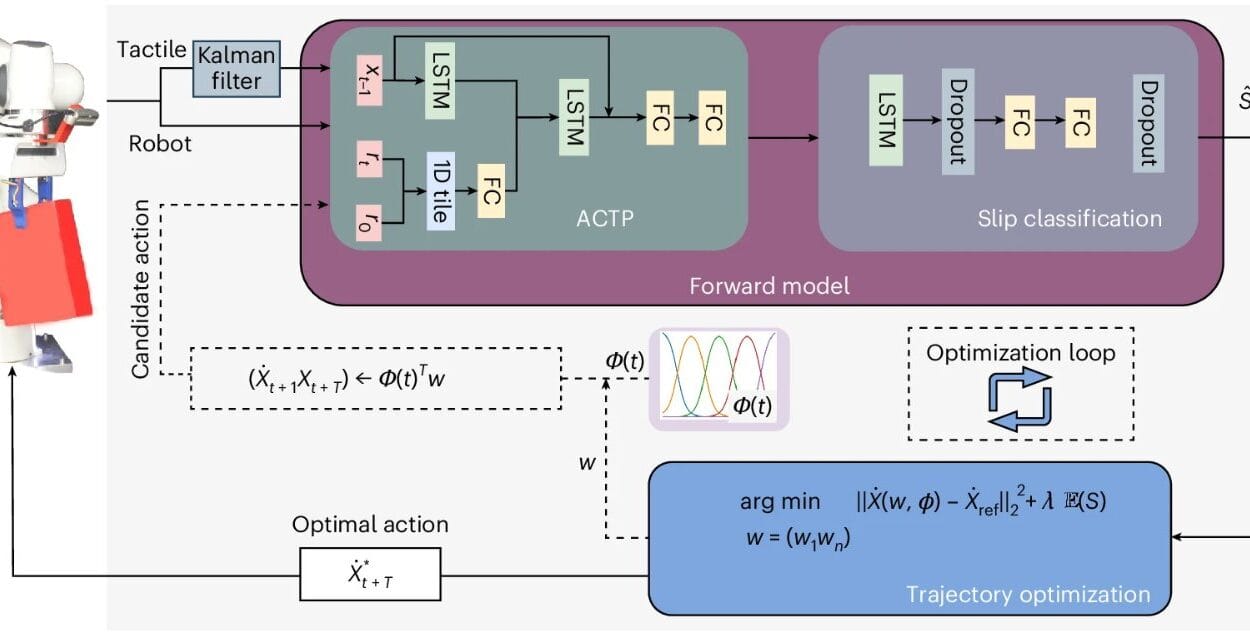If you could see the internet, not as icons on your screen but as it truly is, you’d witness a dazzling web of light and signals, crisscrossing oceans and continents, carrying whispers between friends, commands to spacecraft, billion-dollar transactions, and even the heartbeat data from a runner’s smartwatch. This invisible infrastructure is as vast as it is fragile. Like any network of roads or waterways, it’s not immune to trespassers. Some seek curiosity, others seek profit, and some simply wish to cause chaos.
Every time you send an email, stream a video, or check your bank account, you are opening a tiny doorway between your device and the rest of the digital universe. Most of the time, this doorway is safe — but not by accident. It’s guarded by unseen sentinels: firewalls, intrusion detection systems (IDS), and virtual private networks (VPNs). These are not just tools for corporate IT teams; they are essential to every connected life.
Understanding them is like learning the locks, alarms, and hidden tunnels that keep your digital home safe. For a beginner, the jargon can feel like stepping into a foreign city where every street name is a technical acronym. But the principles behind these tools are not only understandable — they’re fascinating.
The Digital Frontier and Its Threats
In the early days of the internet, the network was a small, trusted village. Users knew one another by name, and malicious activity was rare. But as the network expanded into a sprawling metropolis, strangers arrived — and with them came new dangers. Today, cyber threats are as diverse as they are persistent: phishing emails disguised as friendly messages, malware that hides in legitimate downloads, ransomware that locks your files and demands payment, and silent data theft that can go unnoticed for months.
The problem is that digital life has no natural borders. Unlike a physical home with walls and windows, data flows freely across countless routes. Without protection, anyone with the right skills could peer into your activities, alter your communications, or impersonate you. Network security is the art and science of creating those borders — not to isolate the network from the world, but to shape the flow of traffic in ways that keep its inhabitants safe.
Firewalls: The First Gatekeepers
Imagine a medieval castle. At its heart is the keep, where the people and treasures are stored. Surrounding it are walls and gates. Guards at the gates decide who may enter and who must be turned away. In the digital world, firewalls are those gates and guards.
A firewall sits between your internal network (your home, office, or device) and the outside world. Its job is to monitor all incoming and outgoing traffic and decide what’s allowed based on a set of rules. Think of it as an intelligent filter: it knows which kinds of messages are safe and which are suspicious.
The earliest firewalls worked like simple bouncers, checking only the addresses of incoming packets of data. If the address was on an approved list, it came in; if not, it was turned away. This was called packet filtering, and while it was revolutionary in the 1980s and early 1990s, it soon became clear that attackers could disguise their addresses or hide malicious content inside apparently harmless traffic.
Today’s firewalls are far more sophisticated. Some inspect not just where the traffic is from but what it contains, opening each packet to look for dangerous commands or code. Others monitor the state of connections, allowing only traffic that matches an established pattern of safe communication — a practice called stateful inspection.
To the everyday user, a firewall is often invisible, built into their router or operating system. But whether you see it or not, its work is constant: every second, it’s making hundreds of micro-decisions about what may pass and what must be blocked.
Intrusion Detection Systems: The Watchers in the Shadows
Even the best-guarded gates can be bypassed. In the physical world, that might mean someone scaling the wall or finding an unguarded sewer entrance. In the digital world, attackers may exploit unknown software flaws, steal valid credentials, or disguise their actions as legitimate traffic. That’s where Intrusion Detection Systems (IDS) come in.
An IDS is less like a gatekeeper and more like a security camera combined with a detective. It doesn’t decide who can come and go — instead, it watches the network’s activity for signs of trouble. If a firewall is about prevention, an IDS is about detection.
IDS can work in different ways. Some look for signatures — digital fingerprints of known attacks. For example, if a certain sequence of commands is commonly used in an exploit, the IDS can recognize it instantly and raise an alert. Others use anomaly detection, building a baseline of normal activity and flagging anything unusual. This is a bit like a shopkeeper noticing when a customer lingers too long near the cash register without buying anything.
The beauty of IDS is that it can catch threats that even a vigilant firewall might miss. The downside? It doesn’t automatically stop the threat — it just alerts you to it. That’s why, in many modern systems, IDS is paired with an Intrusion Prevention System (IPS), which not only detects suspicious behavior but can also block it on the spot.
VPNs: The Encrypted Tunnels
If firewalls are gates and IDS are watchmen, VPNs are secret tunnels. A Virtual Private Network allows your device to create a secure, encrypted connection to another network over the internet. This means that even if someone intercepts the traffic, they can’t read it without the encryption key.
For individuals, VPNs are often marketed as privacy tools — a way to hide your IP address and browsing activity from prying eyes, including your internet service provider or advertisers. But in a business context, VPNs are critical for securely connecting remote workers to company networks.
Imagine a journalist reporting from a country with heavy internet censorship. Without a VPN, the government might block or monitor their online communications. With a VPN, their data travels inside an encrypted tunnel to a server in another country, emerging there as if that were their location. To anyone watching, the contents of the data remain scrambled beyond recognition.
VPNs aren’t magic — they can be misconfigured, and the provider operating the VPN can see your traffic. But when used correctly, they’re one of the most powerful tools for protecting data in transit.
The Human Element in Network Security
It’s tempting to think that once you have a firewall, an IDS, and a VPN, you’re untouchable. But the truth is that the weakest link in network security is often human, not technical. Phishing emails can trick even seasoned users into revealing passwords. Social engineering can persuade someone to disable security features “just for a moment.” And neglect — failing to update software or renew encryption certificates — can quietly open doors to attackers.
That’s why security is as much about culture as it is about technology. In the best organizations, every user is part of the defense system, aware of potential threats and mindful of their digital behavior.
The Dance of Defense and Offense
In the grand game of network security, defenders and attackers are locked in an endless dance. Every new firewall rule prompts attackers to find a new exploit. Every new IDS algorithm inspires someone to find a novel way to blend in with normal traffic. Encryption standards that seem unbreakable today may be rendered obsolete by tomorrow’s computing breakthroughs.
The key for beginners is to understand that security is not a one-time setup but an ongoing process. Firewalls must be updated, IDS signatures refreshed, VPN configurations checked. It’s not unlike maintaining a home: you fix a broken lock, but you also check the windows, install motion lights, and occasionally replace the alarm system entirely.
Why This Matters More Than Ever
In an era when everything from refrigerators to cars is connected to the internet, network security isn’t just about protecting data — it’s about protecting lives. A hacked hospital network can delay surgeries. A compromised power grid can cause blackouts. Even small-scale attacks, like ransomware on a personal laptop, can cause devastating losses for individuals.
For beginners, the goal is not to become a cybersecurity expert overnight, but to grasp the principles well enough to make informed decisions. Knowing what a firewall does, why an IDS matters, and how a VPN protects you gives you the power to navigate the digital world with confidence.
Looking Ahead: The Future of Firewalls, IDS, and VPNs
As technology evolves, so do these tools. Firewalls are increasingly incorporating artificial intelligence to adapt their rules in real time. IDS systems are becoming better at spotting previously unseen attacks using machine learning. VPNs are being supplemented by newer concepts like Zero Trust Networking, where every connection, even from inside the network, is treated as potentially untrustworthy until proven safe.
We are heading toward a world where security is not a separate feature but woven into the fabric of every device and application. In that world, the beginner’s knowledge you build today will still serve you — because while the tools may change, the core principles of controlling access, detecting intrusions, and securing communication will remain.
The Invisible Armor
You may never see your firewall making its decisions, your IDS sifting through packets, or your VPN encrypting data. But they are there, tirelessly shaping the flow of your digital life. They are the quiet guardians at the gates, the unseen eyes in the crowd, and the hidden tunnels that keep your information safe from hostile eyes.
The internet will always be a place of both wonder and risk. But armed with understanding, you can step into it not as a defenseless wanderer, but as someone wrapped in invisible armor — aware, prepared, and ready to explore the vast network that binds our modern world together.






